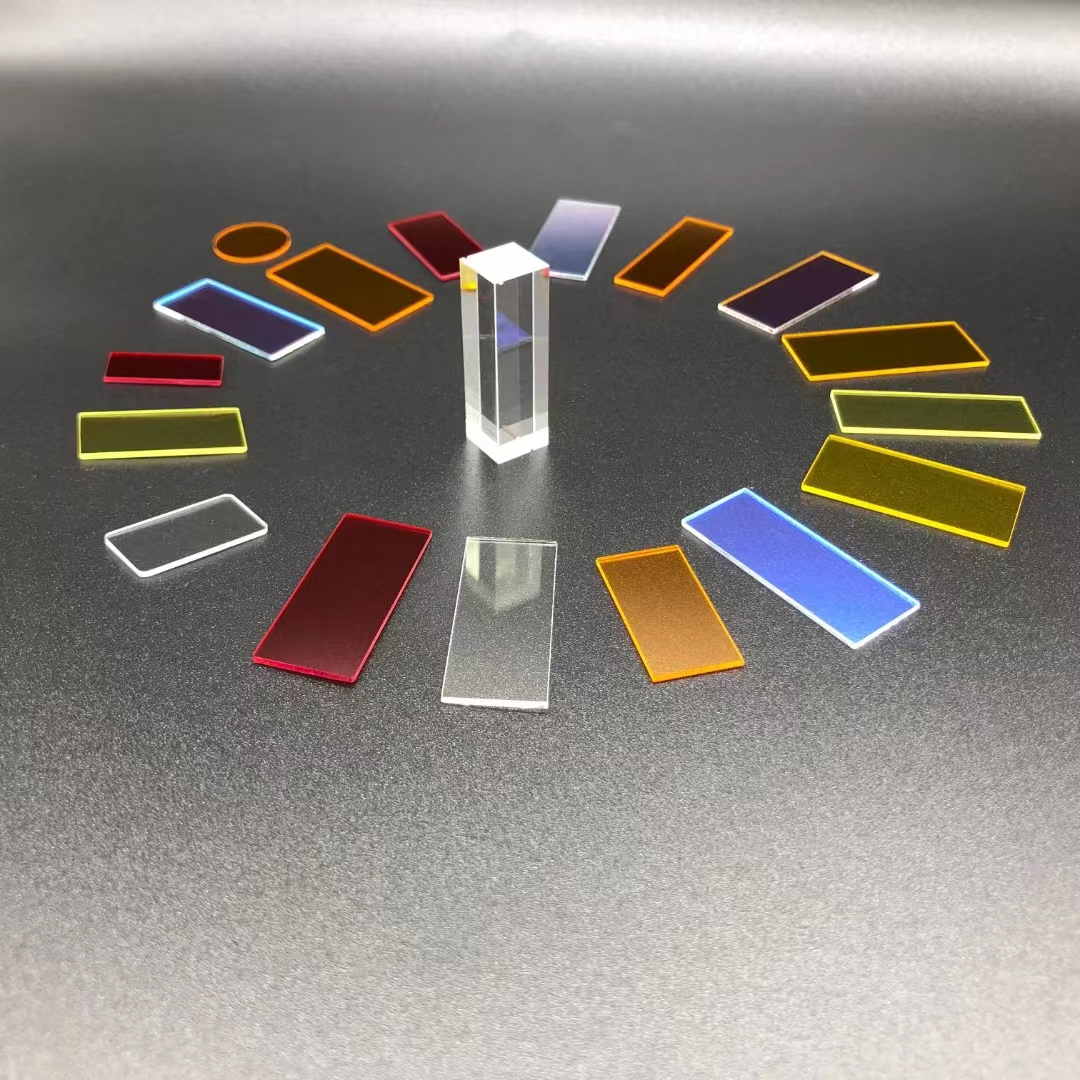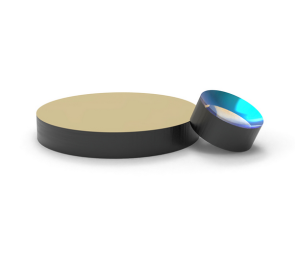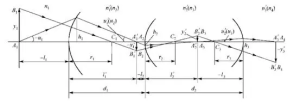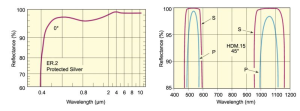A comprehensive introduction to filters
1. Traditional optical coating products: augmented lens, spectroscope, high reflection mirror, dichroic mirror, polarizer, attenuator, narrowband filter, long and short wave pass, etc;
2. Laser optical coating products: laser mirrors, laser cavity mirrors, laser windows, laser beam combining mirrors, laser protective mirrors, laser galvanometer lenses, etc;
3. Precision optical coating products: fluorescent filter, biochemical filter, OD6 high cut-off filter, projector filter, infrared optical elements, etc;
4. Special functional film products: hydrophobic film, anti fingerprint film, ITO film, anti fog film, waterproof film, etc.
5. Window panel products: profiled window glass, AG etched glass panel, infrared window, high temperature resistant glass, toughened screen printing panel, UV resistant window glass, etc.
6. Optical lens products: convex lens, concave lens, achromatic glued lens, cylindrical lens, spherical lens, aspheric lens, etc.
7. Optical prism products: right angle prism, roof prism, Dawei prism, pentagonal prism, PBS cube beam splitter prism, wedge prism, etc.
A filter is a device that selectively transmits light of different wavelengths. It is usually a flat glass or plastic device in the optical path, which is dyed or has an interference coating. The optical characteristics of filters are fully described by their frequency responses, which specify the amplitude and phase of each frequency component of the input signal to be modified by a filter.
The filter selectively transmits light within a specific wavelength range, that is, light of different colors, while blocking light waves of the rest. They can usually block longer and shorter wavelengths (band-pass) only through long wavelengths (long pass), short wavelengths (short pass), or wavelength bands. The passband can be narrower or wider; The transition between max and min wave peaks can be sharp or gentle.
Filters are usually used in photography (some special effect filters and absorption filters are occasionally used), in many optical instruments, and in color stage lighting. In astronomy, optical filters are used to limit the transmission of light in the spectral band of interest. Optical filters are also necessary in fluorescence applications such as fluorescence microscopes and fluorescence spectra.

Classification of filters
It can be made in many ways. Filter is one of them. The filter can also be made of gas or solution. Filter is a commonly used filter, which can be divided into passband filter and cut-off filter according to spectral characteristics; Spectral analysis is divided into absorption filter and interference filter. It is mainly used as an auxiliary dispersion, for example, as a spectral level separator in grating spectrometers to eliminate low-level spectral overlap. Monochromator can separate light in very narrow wavelength range by using interference filter.
Absorption filter
The absorption filter is usually made of glass with various inorganic or organic compounds added. These compounds absorb light of some wavelengths and transmit light of other wavelengths. Compounds can also be added to plastics (usually polycarbonate or acrylic acid) to produce gel filters, which are lighter and cheaper than glass based filters.
Dichroic filter
A dichroic filter (also known as a “reflection” or “film” or “interference” filter) can be manufactured by coating a glass substrate with a series of optical coatings. A dichroic filter usually reflects the unwanted part of light and transmits the remainder.
The dichroic filter adopts the principle of interference. Their layers form a continuous series of reflective cavities resonant with the desired wavelength. When peaks and troughs overlap, other wavelengths are destructively eliminated or reflected.
The dichroic filters are particularly suitable for precise scientific work because their precise color range can be controlled by the thickness and order of the coating. They are usually much more expensive and delicate than absorption filters. They can be used in devices such as dichroic prisms of cameras to separate light beams into components of different colors.
Fabry Perot interferometer is based on this principle. It uses two mirrors to build the resonator. The wavelength it passes through is a multiple of the resonant frequency of the cavity. Another variation is a transparent cube or fiber, the polished end of which forms a mirror tuned to resonate with a specific wavelength. These are typically used to separate channels in telecommunications networks using wavelength division multiplexing over long haul optical fibers.
Bandpass filter
Bandpass filters transmit only one wavelength band and block other wavelength bands. The width of this filter is expressed as the wavelength range it is allowed to pass through, and can be any value from much less than angstrom to hundreds of nanometers. The filter can be made by combining LP filter and SP filter.
Examples of band-pass filters are Lyot filters and Fabry P é rot interferometers. The two filters can also be made into tunable filters, so that the central wavelength can be selected by the user. Bandpass filters are often used in astronomy to make it easy for people to want to observe spectral lines that are associated.
Short Pass Filters
A short pass (SP) filter is an optical interference or colored glass filter that attenuates longer wavelengths and transmits (passes) shorter wavelengths within the effective range of the target spectrum (usually the ultraviolet and visible light regions). In fluorescence microscopy, short pass filters are often used for dichroic mirrors and excitation filters.
Long Pass Filters
Long pass (LP) filters are optical interference or colored glass filters that attenuate shorter wavelengths and transmit (pass through) longer wavelengths over the effective range of the target spectrum (ultraviolet, visible or infrared). In fluorescence microscopy, long pass filters are often used for color separators and blocking (emission) filters.



